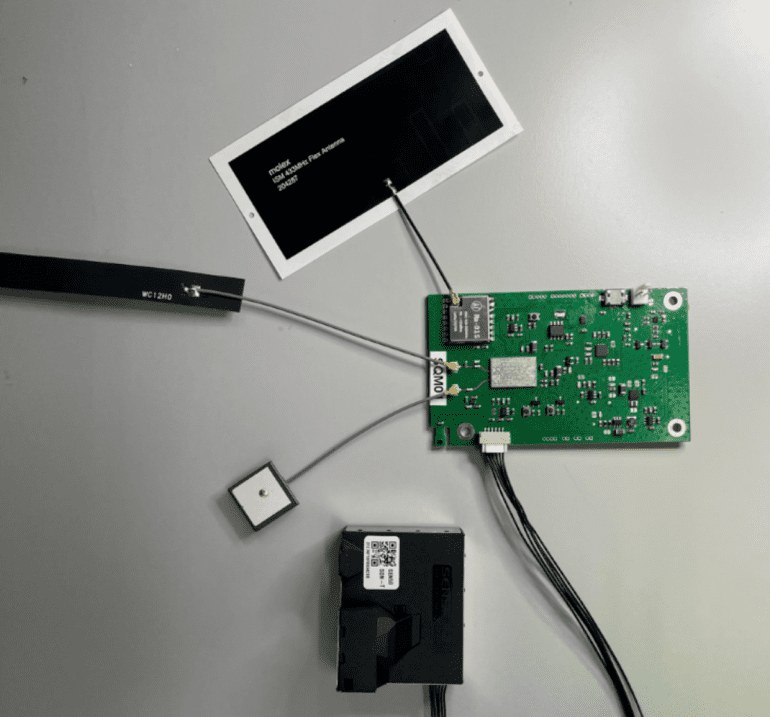TL;DR:
- South African team, part of the Global South AI for Pandemic Preparedness and Response Network, has developed an AI-powered air-quality monitor.
- This innovation, named AI_r, promises to significantly reduce manufacturing costs by 2.5 times, making air quality monitoring more accessible.
- AI_r operates on batteries, consuming low power, and is currently deployed in various locations in Johannesburg for testing.
- The device measures various air-quality indices, provides real-time data, and employs machine learning for forecasting.
- It holds the potential to revolutionize early-warning systems for air quality in Africa.
Main AI News:
In the realm of cutting-edge technology and pandemic preparedness, South Africa has emerged as a formidable force, thanks to the relentless efforts of a team backed by the International Development Research Centre (IDRC). As an integral part of the Global South AI for Pandemic Preparedness and Response (AI4PEP) Network, this team has unveiled a groundbreaking innovation: an AI-powered air-quality monitoring device that promises to be a game-changer in addressing a myriad of public health challenges.
This remarkable feat, aptly named AI_r, marks a significant milestone as it showcases the Global South’s capacity to lead the way in pandemic preparedness and response. Spearheaded by the collaborative efforts of iThemba Labs, a division of South Africa’s National Research Foundation, and the esteemed University of the Witwatersrand in Johannesburg, this endeavor has been expertly guided by the leadership of Professor Bruce Mellado.
The AI_r air-quality monitoring system has recently undergone successful testing, cementing its potential impact on public health. It’s well-established that poor air quality poses a grave risk, contributing to respiratory and cardiovascular diseases. The World Health Organization (WHO) estimates that approximately 7 million premature deaths, primarily stemming from non-communicable diseases, can be attributed to the detrimental effects of both ambient and household air pollution. In many low- and middle-income countries, the situation has been exacerbated due to rapid urbanization and an overreliance on inefficient fossil fuel combustion.
One of the critical hurdles in systematic air quality monitoring has been the prohibitive cost of devices. However, the AI_r system heralds a breakthrough by slashing manufacturing expenses by a staggering factor of 2.5. This not only enhances accessibility but also bolsters efficiency. Local production of this technology is set to revolutionize the landscape, making it more accessible and affordable. Consequently, it will empower partners to acquire and deploy this technology in significant numbers, fortifying their early-warning systems.
Professor Mellado underscores a pivotal feature of the AI_r system – its battery-powered, energy-efficient design. Currently operational in various locations across Johannesburg, including the university, near a major highway, and in schools within vulnerable communities, this system also serves as a testing ground at the renowned European laboratory, CERN.
The AI_r device is designed to measure a range of critical indices, providing real-time data. Leveraging the power of machine-learning technologies, it analyzes this data to offer valuable forecasts. One of its most promising capabilities lies in its potential to predict future air-quality metrics. This innovation fuels hope for Africa’s ability to create bespoke early-warning systems tailored to its unique needs and challenges.
Conclusion:
This groundbreaking AI-powered air quality monitoring device, developed by a South African team, presents a transformative opportunity for the market. It not only addresses public health concerns but also significantly reduces manufacturing costs, enhancing accessibility. With its real-time data and predictive capabilities, it sets the stage for the emergence of tailored early-warning systems, marking a pivotal moment in the market’s evolution towards data-driven solutions in pandemic preparedness and air-quality management.

